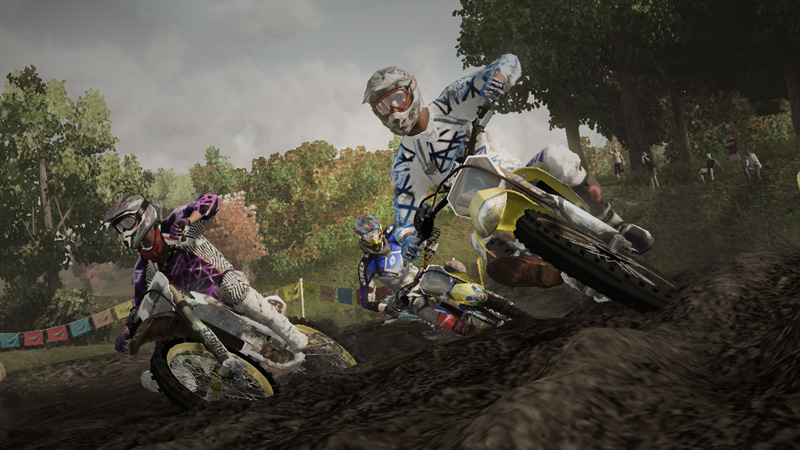

These problems can create a racing experience that varies from fun to frustrating. This can be a problem when you run into other bikes on the track, or the game simply might ignore a collision. Moreover, the game's physics can be too jumpy, causing your rider to pinball around the track. Sometimes your rider gets stuck in a lean, belying the amount of control the right analog normally gives you. Reflex's new controls, however, aren't without their problems. The right analog stick has made the Freestyle mode fluid and fun. Because of the older games' trick controls, I was never a huge fan of this portion of the franchise, but that changes with Reflex. Perhaps more importantly, the game uses the right analog for a new trick system that replaces the convoluted one used in the last MX vs. It's easy to enjoy the benefits that the controls convey, and I like how it adds another dimension to the rhythmic nature of Rainbow's brand of racing. Accordingly, the right analog also serves as your pre-load, and can be used to avoid wrecks after sloppy landings (the game gives you a quick onscreen prompt). Since the right analog controls move the weight of the rider around the bike, your turns can be sharper and you can influence the position of your bike mid-air. It creates a different experience for the player without being so unfamiliar that it becomes hard to grasp.

In some ways, Rainbow's new right analog control offers the best of both worlds. Reflex's new controls let you move your rider independently of the bike, and like one hand not always knowing what the other is doing, the results are mixed. Since Reflex is a motocross and ATV title, there is a focus on the rider that traditional racing games don't have.

#Mx vs atv reflex review series#
ATV series developer Rainbow Studios is in a unique position in comparison to its racing contemporaries. It's hard to introduce new controls to racing games, but MX vs.


 0 kommentar(er)
0 kommentar(er)
